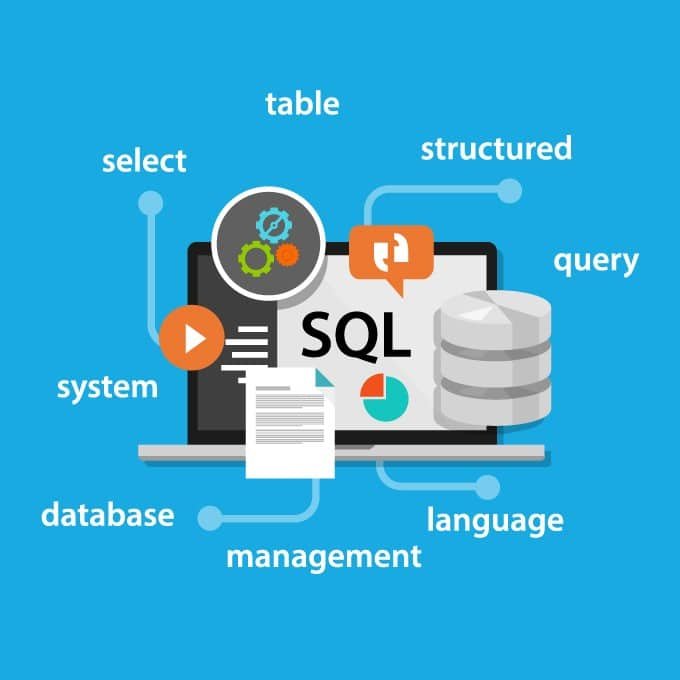In the world of technology and databases, there are two key terms that often come up when discussing how queries are run in a system: Dynamic Query Mode and Compatible Query Mode. These modes play a crucial role in determining how a database processes requests and returns data to the user. Let’s delve into the differences between Dynamic Query Mode and Compatible Query Mode, and how they can impact the performance of a database system.
Dynamic Query Mode
Dynamic Query Mode is a setting that allows a database to dynamically generate query plans based on the current state of the system and the specific query being executed. This means that the database can adapt to changing conditions and optimize the query plan for efficiency. Dynamic Query Mode is often used in modern database systems that need to handle a high volume of transactions and queries.
When a database is set to Dynamic Query Mode, it constantly re-evaluates the best way to execute a query based on factors such as data distribution, indexes, and available resources. This can lead to faster query execution times and improved overall system performance. However, Dynamic Query Mode can also be resource-intensive and may require more computational power to generate optimal query plans.
Benefits of Dynamic Query Mode:
- Adaptable to changing conditions
- Optimizes query plans for efficiency
- Faster query execution times
Compatible Query Mode
Compatible Query Mode, on the other hand, is a setting that executes queries based on pre-defined rules and guidelines. This mode is more static and less adaptable compared to Dynamic Query Mode. Compatible Query Mode is often used in legacy database systems or systems that do not require frequent optimization of query plans.
When a database is set to Compatible Query Mode, it follows a set of predetermined rules for executing queries. This can be beneficial in situations where the underlying data and system conditions do not change frequently. Compatible Query Mode may be more suitable for smaller databases or systems with simple query needs.
Benefits of Compatible Query Mode:
- Consistent query execution based on pre-defined rules
- Suitable for systems with stable data and conditions
- Less resource-intensive compared to Dynamic Query Mode
It is important to consider the specific requirements of your database system and workload when choosing between Dynamic Query Mode and Compatible Query Mode. While Dynamic Query Mode offers flexibility and adaptability, it may not be necessary for all systems. On the other hand, Compatible Query Mode provides consistency and predictability, which can be advantageous in certain scenarios.
Ultimately, the decision to use Dynamic Query Mode or Compatible Query Mode will depend on factors such as the complexity of the database, the frequency of data changes, and the performance requirements of the system. It is recommended to test both modes in a controlled environment to determine which option best meets the needs of your database system.
Conclusion
In conclusion, Dynamic Query Mode and Compatible Query Mode are two important settings that determine how queries are processed in a database system. Dynamic Query Mode offers adaptability and optimization, while Compatible Query Mode provides consistency and predictability. Understanding the differences between these modes and their implications can help you make informed decisions when configuring your database system.
Whether you choose Dynamic Query Mode or Compatible Query Mode, it is crucial to consider the specific requirements of your system and workload to ensure optimal performance and efficiency. By weighing the benefits and drawbacks of each mode, you can make the right choice for your database system.
Frequently Asked Questions
1. Can a database system switch between Dynamic Query Mode and Compatible Query Mode?
Yes, most modern database systems allow users to switch between Dynamic Query Mode and Compatible Query Mode based on their needs and requirements.
2. Which mode is better for a large-scale database with constantly changing data?
Dynamic Query Mode is usually more suitable for large-scale databases with frequently changing data, as it can adapt to current conditions and optimize query plans accordingly.
3. Are there any performance implications when using Dynamic Query Mode versus Compatible Query Mode?
Dynamic Query Mode may require more computational resources compared to Compatible Query Mode, but it can also result in faster query execution times and improved performance overall.
4. What factors should be considered when choosing between Dynamic Query Mode and Compatible Query Mode?
Factors such as database complexity, data volatility, and performance requirements should be taken into account when deciding whether to use Dynamic Query Mode or Compatible Query Mode.
5. How can I determine which mode is best for my database system?
It is recommended to test both Dynamic Query Mode and Compatible Query Mode in a controlled environment to evaluate their performance and impact on query execution times. This can help you make an informed decision based on your specific system requirements.

